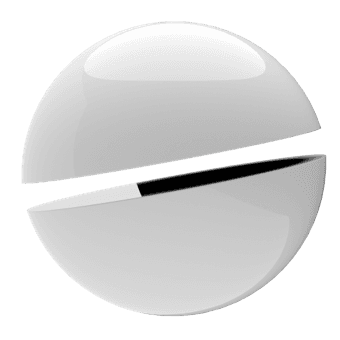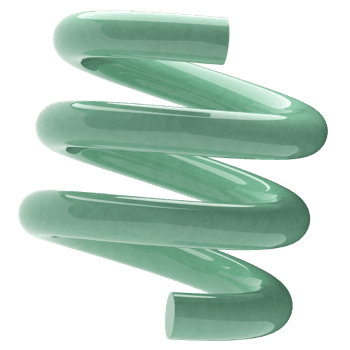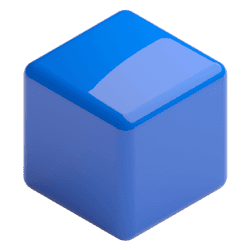My transition from Hardware Verification to Product Design felt like traversing through the entire tech universe, ending in almost completely opposite worlds.
1/ background
I started out with a B.S. in Applied Electronics, fully intending to become a programmer. And that’s what I did, for almost 5 years.
2/ my breaking point
However, I discovered a crucial detail: although I loved coding and working in tech, I didn’t exactly love the path that I ended up on.
3/ … and now what?
1/ Hardware Verification, SystemVerilog - what is that?
It is a niche career path within the broader field of electrical engineering and computer hardware design. My job was to ensure that computer hardware, like microprocessors or integrated circuits, worked correctly according to its specifications. This was done by designing and running tests to check if the hardware behaved as expected under different conditions.
2/ TL;DR
Essentially, I was a quality assurance tester for computer chips, making sure everything runs smoothly before the hardware goes into production.
what is wrong with SystemVerilog?
Although I found certain parts of my daily tasks enjoyable, the job as a whole wasn't exactly what I had in mind as my ✨dream job✨. Determined to find a solution to this problem, I adopted a data-driven approach and began compiling a pros and cons list.
a/ myPROs
→ constant intellectual stimulation, high complexity: requires problem-solving skills to ensure the accuracy and functionality of complex systems.
→ impactful work: ensuring the reliability of hardware systems is crucial in various industries (technology, automotive & aerospace)
→ collaborative environment: work closely with cross-functional teams, fostering collaboration and the exchange of ideas
→ continuous learning
b/ my CONs
→ limited recognition: I often felt like I was just a really small part part in a huge machine, implementing features without really understanding the big picture.
→ lack of visual creativity: I found myself immersed in the nitty-gritty details of coding and debugging, with little room for imagination or innovation in terms of visual presentation.
→ very outdated, legacy, not at all user-friendly interfaces: Synopsys VCS, Cadence Incisive and mostly Bash.
My “silent” design evolution
Salvation came in the form of an old passion of mine: design. I always had a very artistic side in me that surfaced from an early age and evolved in a very slow paced rhythm:
📸 Middle School
Started playing with my Christmas gift: Nikon D3200 DSLR, taking photos at almost everything. (And I mean everything: flowers, buildings, people, dogs).
Skills: composition techniques, editing and post-processing, attention to detail, storytelling, self-expression.
🖌 High School
Then, I extended my knowledge in various programs from the Adobe Suite just out of curiosity (and because I was very bored during summer vacation). I started making graphics (posters, banners, flyers) for school campaigns, events.
Skills: Adobe Suite, graphic design skills such as layout, typography, color theory, and visual hierarchy.
🔍 Searching for a career path
When was the time to start thinking about choosing a college, I dreamt about pursuing architecture. I started taking drawing lessons for several months, but in the end I chose Engineering.
Skills: learnt design principles such as balance, proportion, rhythm, and harmony; advanced knowledge of spatial relationships and proportions.
👩🎓 College
During college, I joined several non-profit organizations, and it didn't take long for me to start putting my skills to good use. I began capturing moments at events through photography and crafting posters for different campaigns.
Skills: constantly being up-to-date with latest trends, tools in design just as a hobby.
SystemVerilog → Figma
As someone coming from a computer science background, diving into the design world often felt like entering uncharted waters. It seemed like everyone else had these impressive portfolios filled with complex design projects, while all I had was development experience combined with a newfound passion for Product Design.
There were moments when I couldn't help but doubt myself and wonder if I truly fit in. However, I refused to let these doubts overshadow my aspirations. Instead, I saw my unique blend of technical expertise and creative enthusiasm as a valuable asset. I approached each new challenge with determination, leveraging my programming skills to bring innovative ideas to life.

There were moments when I couldn't help but doubt myself and wonder if I truly fit in.
I realized that my technical background allows me to soften the gap between design and development, creating solutions that were not only visually appealing but also practical.
And with this mindset, all my doubts quickly began to fade.















